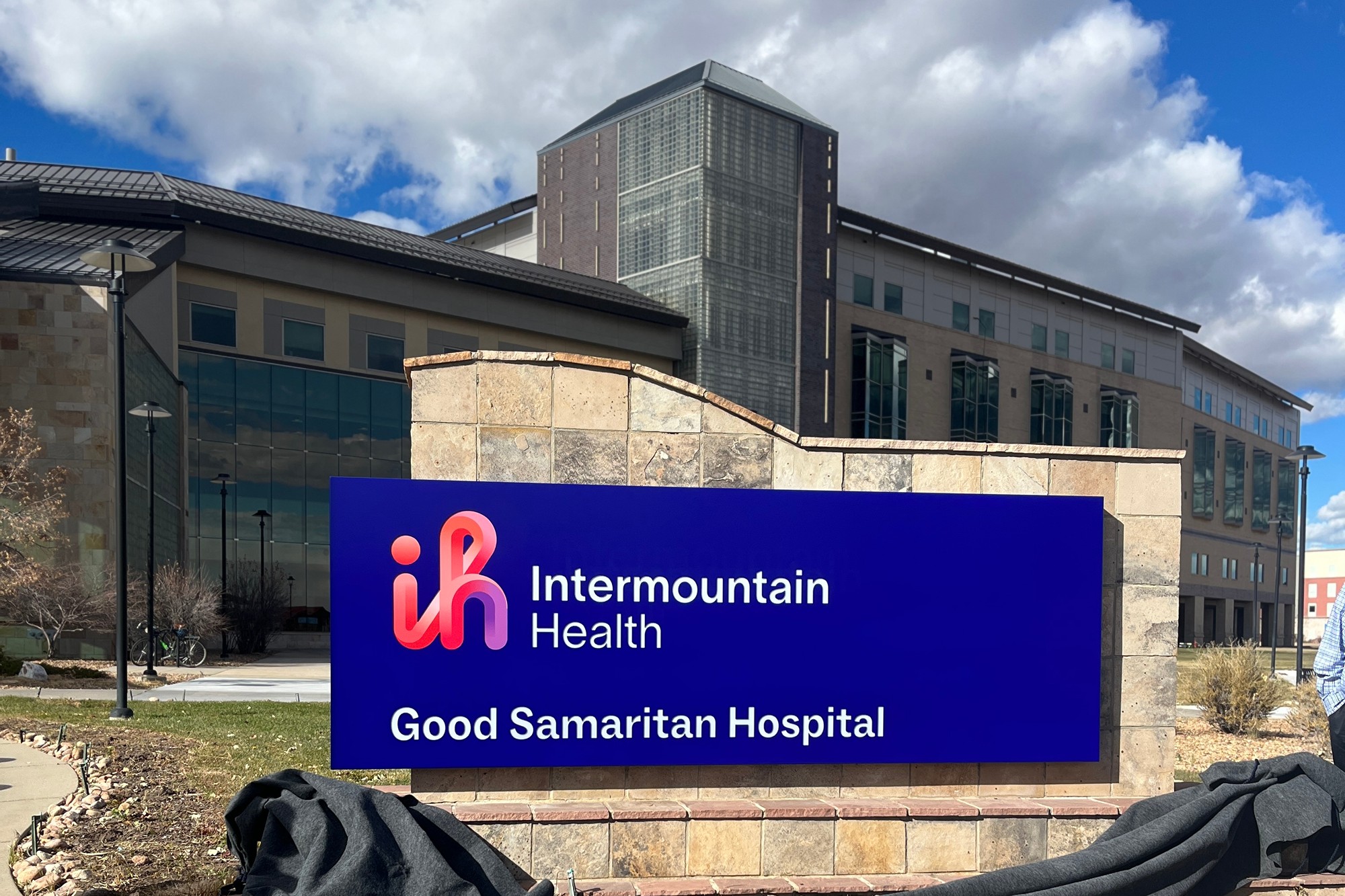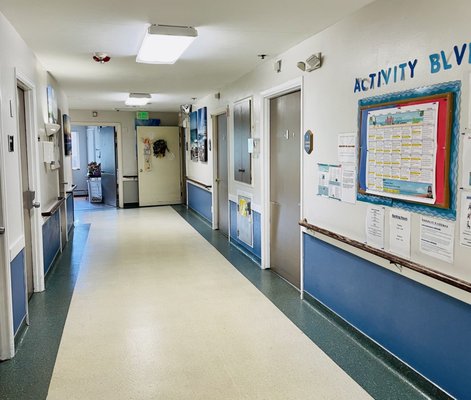An “elmnt health damaged item” generally refers to a product or item that has been compromised in some way and is no longer fit for its intended use. This can occur due to various factors such as manufacturing defects, improper storage or handling, or accidental damage.
Damaged items can pose a significant problem for businesses, particularly those operating in the retail or healthcare sectors. Damaged products can result in lost revenue, customer dissatisfaction, and potential legal liabilities. It is crucial for businesses to have effective processes in place to identify, manage, and dispose of damaged items to minimize these risks.
There are several key topics related to elmnt health damaged items that are commonly discussed:
- Identification and assessment: This involves identifying damaged items, assessing the extent of the damage, and determining whether the item can be salvaged or must be disposed of.
- Documentation and tracking: Accurate documentation of damaged items is essential for tracking purposes, insurance claims, and quality control.
- Disposal and recycling: Damaged items must be disposed of or recycled in a responsible manner to minimize environmental impact and comply with applicable regulations.
- Prevention and mitigation: Businesses can implement various strategies to prevent or mitigate damage to items, such as improving packaging, optimizing storage conditions, and providing proper training to staff.
1. Identification
In the context of “elmnt health damaged item,” identification is a crucial step in managing damaged items effectively. It involves examining each item carefully to determine the nature and extent of the damage. This assessment helps businesses make informed decisions about whether the item can be salvaged or must be disposed of.
-
Facet 1: Visual Inspection
Visual inspection is the most common method of identifying damaged items. This involves examining the item for any visible signs of damage, such as cracks, dents, scratches, or discoloration. Visual inspection is a relatively quick and easy method, but it may not always reveal hidden damage. -
Facet 2: Functional Testing
Functional testing involves testing the item to see if it still functions properly. This is especially important for items that are intended to perform a specific task, such as medical devices or electronic equipment. Functional testing can help identify hidden damage that may not be visible during a visual inspection. -
Facet 3: Documentation
Once damaged items have been identified, it is important to document the damage accurately. This documentation should include a description of the damage, the date the damage was discovered, and the name of the person who identified the damage. Proper documentation is essential for tracking purposes, insurance claims, and quality control. -
Facet 4: Decision-Making
Based on the assessment of the damage, businesses must make a decision about whether the item can be salvaged or must be disposed of. This decision should be based on a number of factors, such as the severity of the damage, the cost of repair, and the potential risks associated with using the item.
By following a systematic approach to identification, businesses can minimize the risks associated with damaged items and protect their reputation and bottom line.
2. Disposal
The proper disposal of damaged items is an essential component of “elmnt health damaged item” management. Improper disposal can have severe environmental consequences, including soil and water contamination, air pollution, and the release of hazardous materials. It can also pose health risks to humans and animals.
Businesses are required to comply with applicable regulations regarding the disposal of damaged items. These regulations vary depending on the jurisdiction, but they typically require businesses to dispose of damaged items in a manner that minimizes environmental impact and protects human health.
There are a number of different methods for disposing of damaged items, including:
- Landfilling: Landfilling is the most common method of disposal for damaged items. However, landfilling can have negative environmental impacts, such as the contamination of soil and water.
- Incineration: Incineration is a process of burning damaged items at high temperatures. This process can destroy hazardous materials and reduce the volume of waste. However, incineration can also release harmful pollutants into the air.
- Recycling: Recycling is the process of converting waste materials into new products. Recycling can help to reduce the environmental impact of damaged items by conserving resources and reducing the amount of waste that is sent to landfills or incinerators.
The best method of disposal for a particular damaged item will depend on a number of factors, such as the type of item, the severity of the damage, and the availability of recycling or disposal facilities.
Businesses should develop and implement a comprehensive waste management plan that includes procedures for the proper disposal of damaged items. This plan should be regularly reviewed and updated to ensure that it complies with applicable regulations and best practices.
Tips for Managing Damaged Items
Damaged items can be a significant problem for businesses, particularly those operating in the retail or healthcare sectors. They can result in lost revenue, customer dissatisfaction, and potential legal liabilities. It is crucial for businesses to have effective processes in place to identify, manage, and dispose of damaged items to minimize these risks.
Here are five tips for managing damaged items:
Tip 1: Establish a clear policy for identifying and handling damaged items. This policy should include procedures for identifying damaged items, assessing the extent of the damage, and determining whether the item can be salvaged or must be disposed of.
Tip 2: Train staff on how to identify and handle damaged items. Staff should be trained on how to visually inspect items for damage, how to perform functional tests to assess the extent of the damage, and how to properly document the damage.
Tip 3: Implement a system for tracking damaged items. This system should include a database or spreadsheet that tracks the following information: the date the damage was discovered, the item that was damaged, the extent of the damage, and the disposition of the item (e.g., salvaged, disposed of, or returned to the vendor).
Tip 4: Develop a plan for the proper disposal of damaged items. This plan should include procedures for disposing of damaged items in a manner that minimizes environmental impact and complies with applicable regulations.
Tip 5: Regularly review and update your damaged item management processes. As your business changes, so too should your damaged item management processes. Regularly review your processes to ensure that they are still effective and compliant with applicable regulations.
By following these tips, businesses can minimize the risks associated with damaged items and protect their reputation and bottom line.
Summary of key takeaways:
- Damaged items can be a significant problem for businesses.
- It is crucial for businesses to have effective processes in place to identify, manage, and dispose of damaged items.
- By following these tips, businesses can minimize the risks associated with damaged items and protect their reputation and bottom line.
Transition to the article’s conclusion:
In conclusion, damaged items are a common problem for businesses, but they can be managed effectively with the right processes in place. By following the tips outlined in this article, businesses can minimize the risks associated with damaged items and protect their reputation and bottom line.



